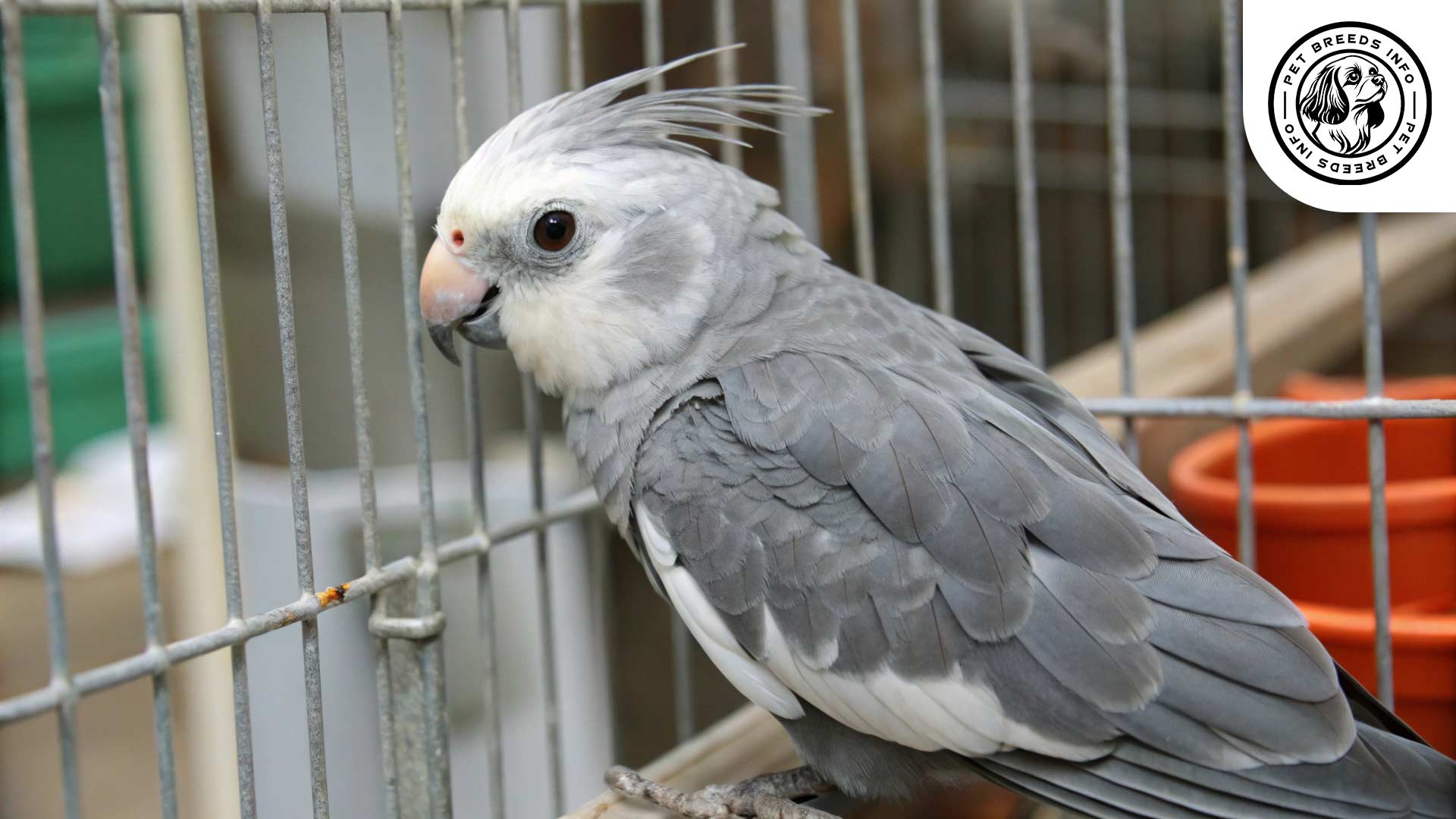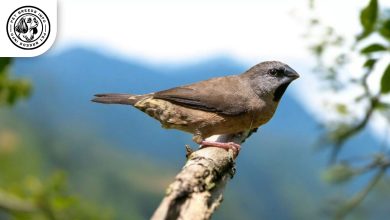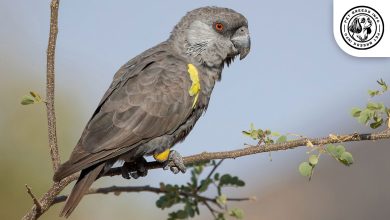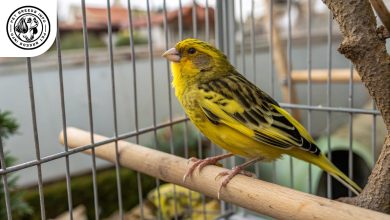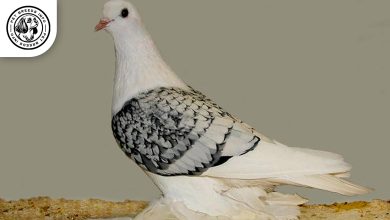Whiteface Cockatiel Bird: Personality, Lifespan, Food & Care
General Introduction of the Breed
The Whiteface Cockatiel, known in Spanish as “Carita Blanca Ninfa,” is a unique color mutation of the popular Cockatiel (Nymphicus hollandicus). Unlike other Cockatiel variations, this breed lacks the yellow and orange pigmentation that typically appears on a Cockatiel’s face and crest.
This mutation originated in captivity and was first developed in the 1970s. It has since gained popularity among bird enthusiasts due to its elegant and striking appearance.
Table of Contents
| Common Name | Whiteface Cockatiel |
| Scientific Name | Nymphicus hollandicus (Whiteface Mutation) |
| Origin | Captive-bred mutation (first seen in the 1970s) |
| Size | 12–14 inches (30–36 cm); 70–110 grams |
| Lifespan | 15–25 years |
| Egg Color | White |
| Clutch Size | 4–6 eggs |
| Temperament | Affectionate, social, gentle |
| Cold-Hardy | No – needs a stable indoor temperature |
Physical Characteristics
The Whiteface Cockatiel is similar in size to other Cockatiel variants, with an average length of 12 to 14 inches (30 to 36 cm) from head to tail. They typically weigh between 2.5 to 4 ounces (70 to 110 grams), with males slightly larger than females.
This breed features a smooth and sleek plumage without any yellow or orange pigmentation. Common color variations include Whiteface Gray (gray body with pure white face), Whiteface Lutino (entirely white/cream-colored with red eyes), and Whiteface Pearl (gray body with pearl-like markings).
Whiteface Cockatiels have dark brown or black eyes, a slightly curved beak, and a long, pointed tail. They have a slender and streamlined body with a distinctive upright crest that reflects their mood and emotions.
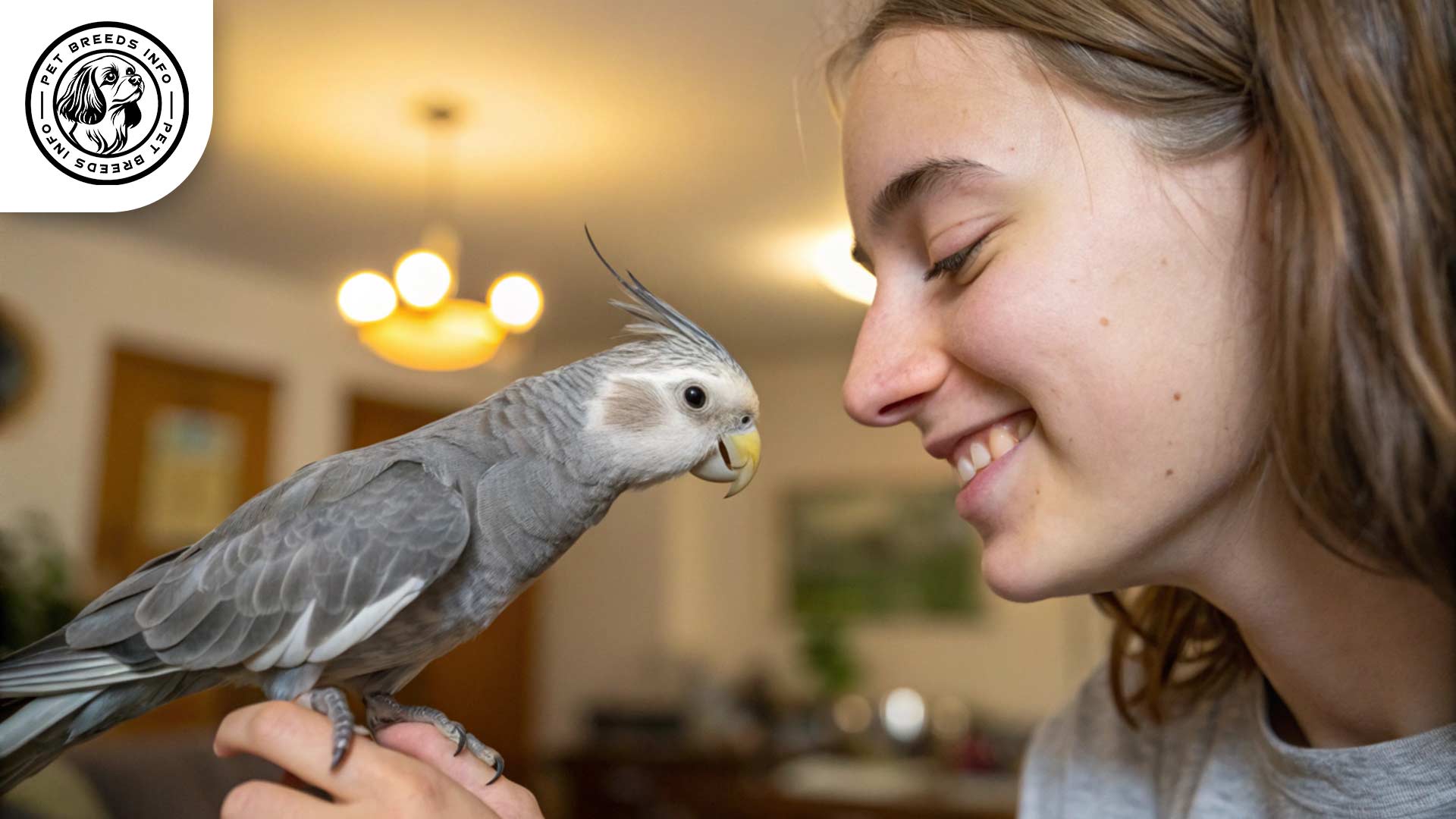
Personality and Temperament
The Whiteface Cockatiel is known for its affectionate and gentle personality. These birds are highly intelligent, making them easy to train and socialize.
They have a moderate energy level, requiring regular mental and physical stimulation. Males tend to be more vocal and can mimic sounds, while females are quieter but equally friendly.
The Whiteface Cockatiel forms strong bonds with its human family and enjoys social interaction. They thrive in environments where they receive regular attention and stimulation.
Although they are playful, they are also sensitive to stress and environmental changes. A stable, calm household is ideal for their well-being.
Read More: White-rumped Munia
Care and Maintenance Requirements
Whiteface Cockatiels need daily exercise and enrichment. Providing them with a spacious cage, perches, ladders, and toys enhances their quality of life.
They adapt well to apartment living but should be allowed out of their cage daily for social interaction and flight.
Grooming is minimal, but regular feather trimming (if needed), nail trimming, and occasional misting or bathing help maintain their health. Ensure their cage is clean and free from drafts.
These birds are sensitive to extreme temperatures. Keep them in a stable, room-temperature environment away from direct sunlight or cold drafts.
Diet and Nutrition
A balanced diet for a Whiteface Cockatiel includes high-quality pellets, fresh vegetables, fruits, and seeds in moderation.
Avoid foods such as avocado, chocolate, caffeine, alcohol, and salty or sugary snacks, as they are toxic to birds.
Fresh water should be available at all times, and portion control is essential to prevent obesity.
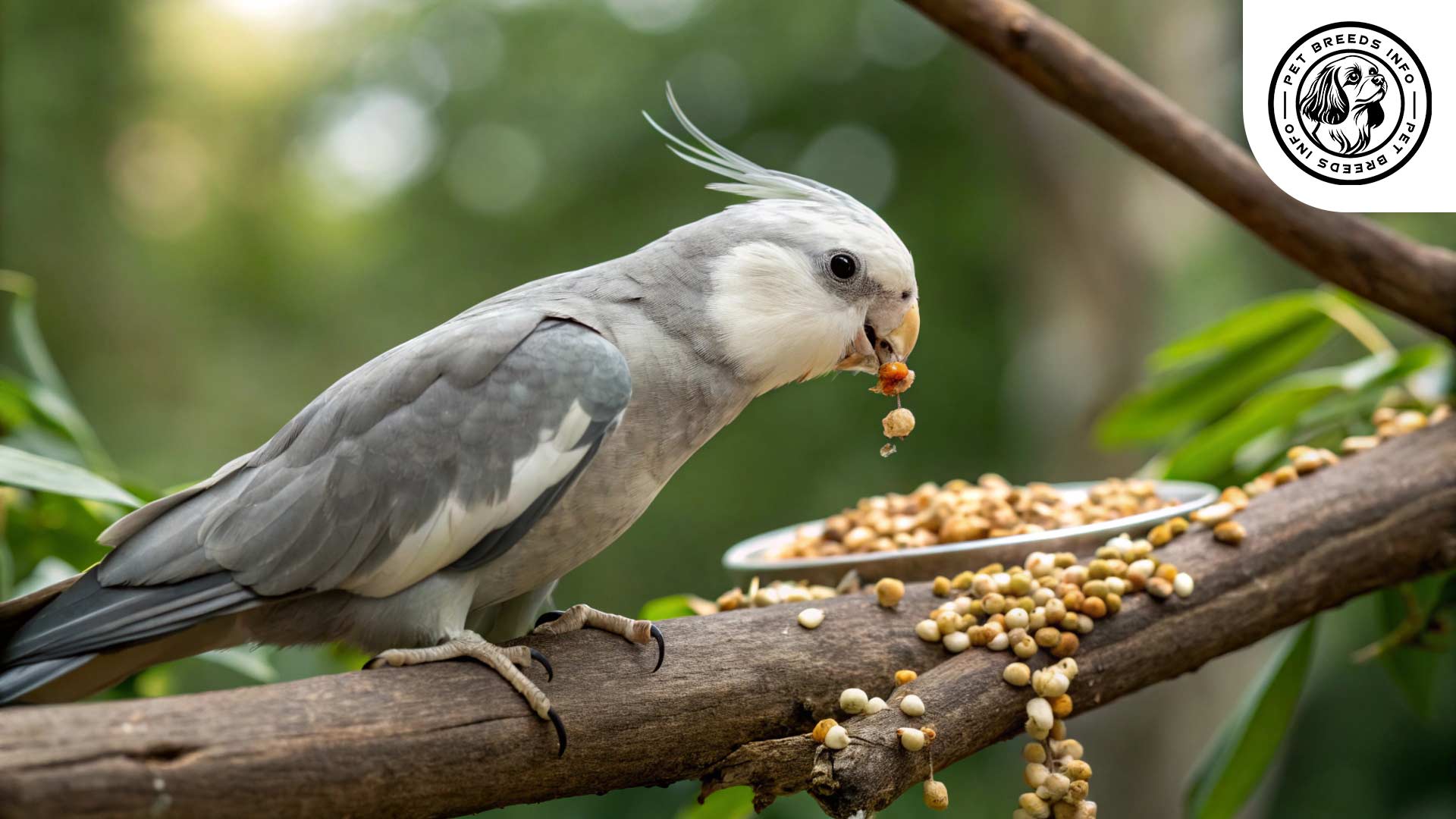
Health and Common Medical Issues
Whiteface Cockatiels can live between 15 to 25 years with proper care.
Common health issues include respiratory infections, feather-plucking (due to stress), and vitamin deficiencies.
Regular vet check-ups, a nutritious diet, and a clean living environment help prevent illness.
Training and Behavior Management
These birds are relatively easy to train, especially when taught using positive reinforcement techniques.
Basic training includes taming, step-up commands, and recall training. Talking and whistling training is more successful with males.
Early socialization with family members helps prevent aggressive or fearful behavior.
Read More: Sussex Chicken
Interaction with Other Animals and Humans
Whiteface Cockatiels are excellent family pets and bond well with their owners, including children who handle them gently.
They usually get along with other birds if introduced gradually. However, interactions with larger or aggressive pets should always be supervised.
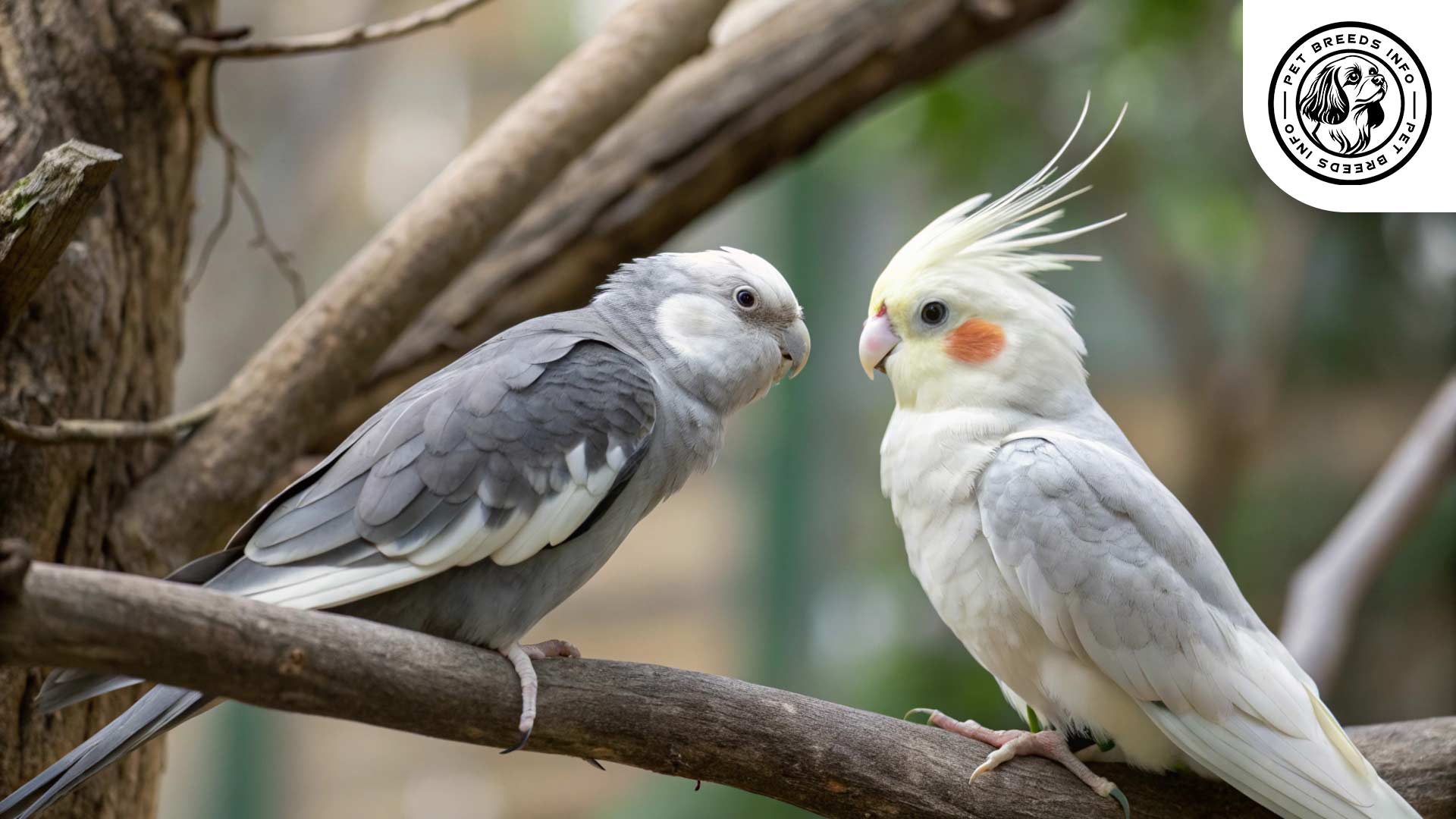
Price and Availability
A Whiteface Cockatiel typically costs between $150 to $300, depending on factors such as age, color variation, and breeder reputation.
When buying or adopting, choose reputable breeders or rescue organizations to ensure a healthy and well-socialized bird.
Read More: Sun Conure Bird
Conclusion and Final Thoughts
The Whiteface Cockatiel makes a wonderful companion for individuals or families looking for an affectionate, social, and trainable pet.
They are relatively low-maintenance but require daily attention, companionship, and mental stimulation.
Before adopting a Whiteface Cockatiel, potential owners should consider their long lifespan and need for social interaction.
With proper care, love, and attention, they can be delightful pets, bringing joy and companionship for many years.
FAQ
What makes the Whiteface Cockatiel different from other Cockatiels?
It lacks the yellow and orange pigments, giving it a clean, elegant look.
Are Whiteface Cockatiels good for beginners?
Yes! They’re social, gentle, and relatively easy to care for.
Can they talk or mimic?
Yes—mostly males can mimic sounds, whistles, and a few words.
How much attention do they need?
Daily interaction and out-of-cage time are important for their happiness.
Are they okay in apartments?
Absolutely, as long as they get exercise and aren’t left alone too long.
